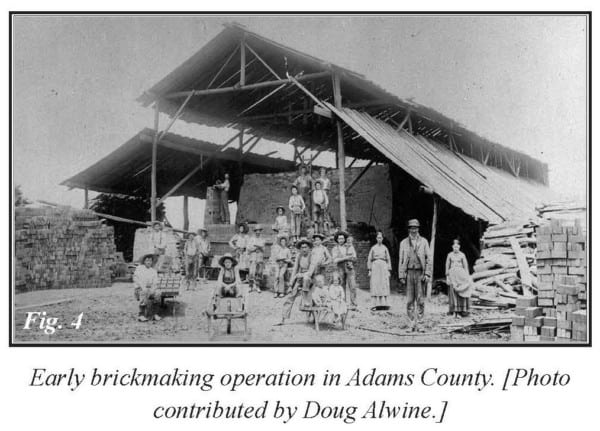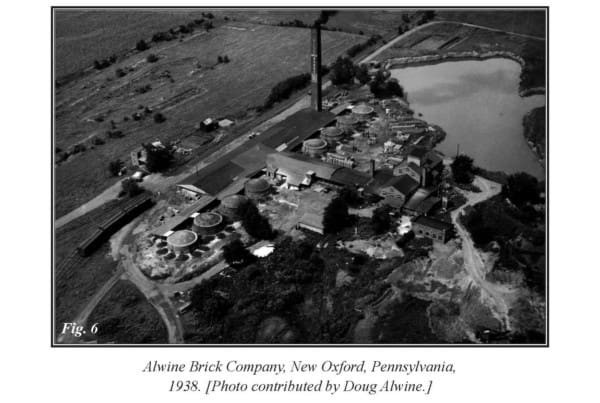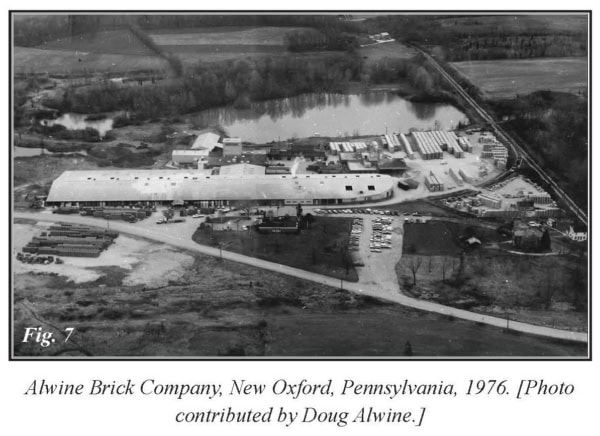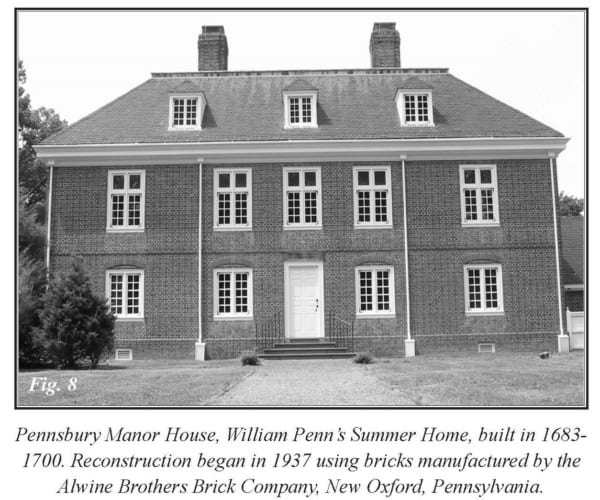It’s the best of both worlds: history, combined with a bright future. Redevelopment of a blighted property. A new beginning for a local company, after being consumed by a fire. Partnerships between state and local officials in full support of the project. Improvements to local infrastructure. New jobs! This project has it all!
Berlin Junction Manufacturing Center is a project that first made headlines two years ago, when the Alliance landed $5 million in state funding (a mix of grants and loans) for the project, located in eastern Adams County.
It was identified as a brownfield site—an abandoned, former industrial and manufacturing site located at 299 Brickyard Road, New Oxford, within Oxford Township. The 92-acre site was purchased by ERY Properties of Hanover in late 2018, with the intention of locating J.F. Rohrbaugh and attracting others to the center, once the property is fully prepared. More on that in a moment.
Berlin Junction includes a number of assets—including its location—as well as challenges, which is why it’s taken a few years to properly prepare the site and basically bring it back to life.
First, the major benefits: Its location (junction) at intersecting rail lines! Now, you might wonder why I’m so excited about rail lines. Railroad tracks border the property on the west and north, not only providing vital rail connections for the manufacturers who locate there, but benefitting our region in many other ways.
For example, infrastructure by rail alleviates truck traffic and congestion to our roadways, not only locally in Oxford Township, New Oxford borough and Adams County, but to neighboring York County and beyond, throughout our region’s interstate and highway networks. Fun fact: One train can hold the freight of 300 trucks!
Although the site sat abandoned for 25 years, its history is vibrant. Established as a manufacturing hub in the late 1800s, the site is best known as the former home of brick manufacturer Glen-Gery; previously the longtime Alwine Brick Company.


There’s a wonderful resource, “A Century of Brickmaking at Berlin Junction: A History of the Alwine Brick Company,” Adams County History: Vol. 18, Article 5, written by written by Duane F. Alwin and available through The Cupola, an open repository of information maintained by Gettysburg College. This is where we discovered much of the company’s treasure trove of history, such as:
During the mid-1900s, the Alwine Brick plant housed 13 fire-brick kilns, each 60 feet in diameter. Each kiln could bake about 85,000 bricks at one time. In 1951, the Alwine Brick Company employed 90 people, full time, and celebrated its 100th anniversary! (When we say Adams County has a rich manufacturing history, here’s the proof!)

By 1975, the Alwine Brick Company was the largest producer of colonial type, hand-molded brick in the country. Millions of bricks were produced annually by 130 employees. And where did all these bricks go? The answer to this question ties into even more layers of history.
Allwine Bricks were used in local landmarks such as the Adams County Courthouse addition, some of the buildings at Gettysburg College including the College Union Building (CUB), formerly known as the Student Union Building.
Made in their distinctive colonial style, Alwine Bricks were used in the construction of many famous historic properties: the bricks that comprise the mall at Philadelphia’s Independence Hall and the restoration of Pennsbury Manor in Bucks County. The summer home of Pennsylvania’s founder William Penn, Pennsbury Manor is now on the National Register of Historic Places. Allwine Bricks even made their way to Colonial Williamsburg and Yorktown: They went into the construction of the Colonial Parkway Bridge on Route 199 which spans the Colonial Parkway.

Given all of its history and significance to America’s manufacturing industry, there are big shoes to fill at Berlin Junction Manufacturing Center today.
As stated, the J.R. Rorbaugh Company—a pallet manufacturer whose previous Hanover-area facility was damaged in a fire—constructed their new facility on-site. Additional manufacturers will further revitalize the property and county tax rolls, resurrecting rail lines and manufacturing jobs.
We are on the cusp of realizing this vital historic manufacturing site’s rebirth. We look forward to the renaissance of Berlin Junction.
For more information on Adams County’s rail and other logistics advantages, see the Adams Intel, here! Additional benefits of Adams County’s location, here.
Robin Fitzpatrick is President of Adams Economic Alliance, which comprises three organizations: The Adams County Economic Development Corporation (ACEDC), the Adams County Industrial Development Authority (ACIDA) and the Adams County General Authority (ACGA). Follow us on Instagram (@adamscountypa) Twitter (@AdamsAlliance), Facebook (Facebook.com/AdamsAlliance) and LinkedIn (Adams Economic Alliance).
This column originally published in the Gettysburg Times, August 8, 2024.






